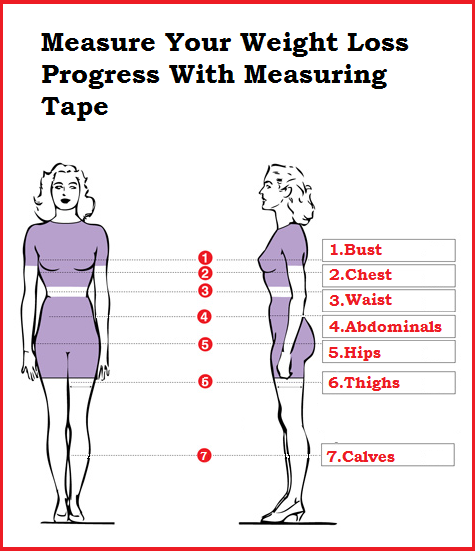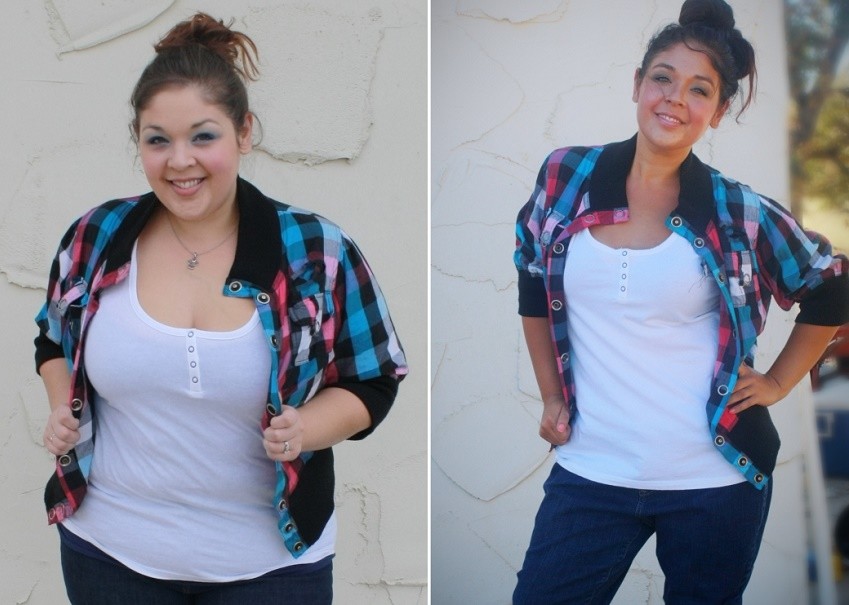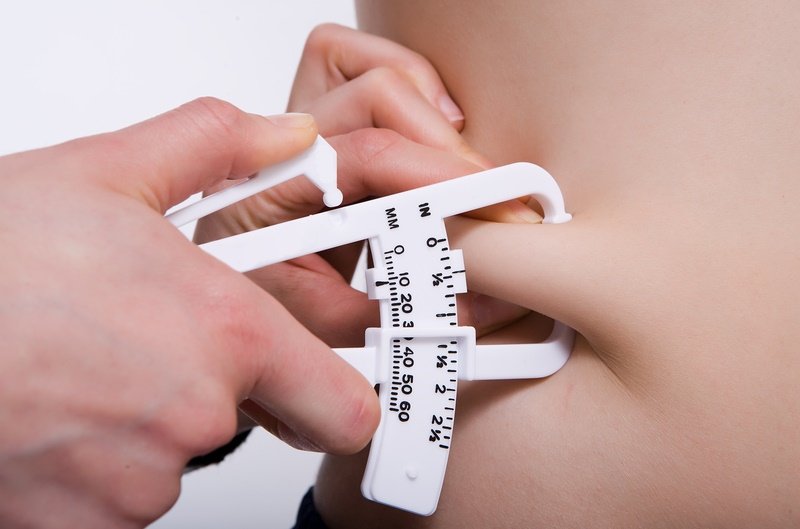How To Measure Your Weight Loss Progress The Right Way

These effective strategies will help you measure your weight loss progress like a pro and motivate you throughout the entire fitness journey.
I know most of you are currently on a weight loss journey and what you want to see is that you’re losing weight and that the number on your scale is dropping.
So you’re doing everything right, you’re working out, you’re eating the right meal plan, but at the same time, you’re not losing weight according to your scale. And that can be very frustrating.
I am going to tell you other ways to measure your weight loss progress because the scale is not an accurate way to measure your progress.
The scale weighs everything, which includes your body fat, your muscles, and the water content in your body. While we start working out our body tends to put on muscle as we lose fat.
Therefore we might not see changes on the scale, but the fact is that we are losing fat and we will be losing weight eventually.
How To Measure Your Weight Loss Progress
I’m going to share with you 2 ways to measure your weight loss progress:
- Measure changes;
- Muscle-to-fat ratio.
Let’s start with my favorite method to measure your weight loss progress, which is simple, effective, and convenient: using measuring tapes.
Besides weighing yourself using the scale, use a measuring tape to measure your body parts in order to track your weight loss progress.
Before starting your weight loss journey measure your body parts and then do it monthly. Don’t measure it every day, don’t do it every week, but every month because it is very difficult for our body to measure small changes.
If you measure it once a month you will see the changes and that will motivate you to keep going.
1. Measuring Changes With Tape
Let me tell you the body parts that you want to be measuring. You can either do this on your own or you can ask your friend or someone close to you to measure it for you. That way it will be more accurate.
- The bust – at the nipple line.
- The chest – just under your bust.
- The waist – the smallest and narrowest part of your upper body. Bend left to right and the part where your body bends that’s the narrowest part.
- The abdominal – at the level of your belly button.
- The arms – the largest part of each arm (bicep area).
- The hips – the widest part of your hips.
- The thighs – the biggest part of each thigh.
- The calves – the biggest part of each calf.
Write those measurements down, start your weight loss progress, eat healthily, work out regularly, and then measure yourself every month.
You will notice that although you might not be losing weight you will lose inches. This is possible because one pound of muscle is way more packed than one pound of fat. (One pound of muscle occupies less space within the body than one pound of fat.)
Remember to measure yourself in front of a mirror to make sure the tape is positioned correctly.
2. Measure How Your Clothes Fit You
I have my skinny fat pants. If ever I can’t fit into these pants I know that it is time for me to do something.
So choose one dress or pants where you would want to fit into it.
3. The Jiggle Method
Also, something that I like to practice is what I call “the jiggle” process:
- Stand naked in front of the mirror if you can and just jiggle and shake your entire body.
- Notice which part of your body jiggle and as you work through your weight loss process do that again.
Eventually, as you start losing weight and putting on muscles you will notice that your body jiggles less.
4. The Visual Method – Before And After Pictures
This is something most people use and yes, it’s effective as well.
So take a before picture of yourself, work through with your goal, take a picture with yourself every month, and compare it.
When you have a comparison picture you will notice that your body is getting slimmer and yes, you’re losing weight.
Those pictures will give you motivation to keep going, so you can put them in your mirror to look at them every day.
5. Test Your Stamina And Strength
Basically, in order for us to progress and see results we need to progress along with our workout.
For example, if you have just started doing squats you might find that it is so difficult and you are struggling.
But keep doing it, be consistent, and keep practicing the same workout. And after 4 weeks you will notice that you can do 20 squats without any problem.
Then is time for you to progress and change your workout slightly.
6. Compliments From Friends And Family
Well… you know how this method works 😉
Muscle-To-Fat Ratio
The muscle-to-fat ratio refers to the proportion of muscle mass to body fat mass in our bodies.
This ratio is an important indicator, not solely for the weight loss progress, but also for overall health and fitness. It can affect metabolic function, physical performance, and the risk of developing certain health conditions.
Here’s how you can track your muscle-to-fat ratio:
1. Hydrostatic Weighing
This is the most accurate method to measure your weight loss process but it’s really expensive, it’s not easily done and you need a professional to do this with you.
For this method, you will be put into a tank of water and they will measure your wet weight against your dry weight.
I’ve never done this before, it’s expensive and it’s not commonly used, but it’s the most accurate method.
2. Bioelectrical Impedance Analysis (BIA)
This machine can be found in the gym and usually, there will be a personal trainer to help you with the machine.
What they will measure? Well… the mass of the muscles you have in your body in comparison to fat.
It is accurate if is done correctly but there are a lot of little things that you need to follow. For example, if you drank a lot of water before the measurements, chances are that it will show that you have high body fat. Here is the list of cautions:
- Hydration level as I said earlier;
- Food intake;
- Caffeine/alcohol consumption;
- Hormonal changes (period for ladies);
- Stress or illness;
- Taking prescription drugs.
3. Skinfold Test (Pinch Test)
How this is done? Simple: your personal trainer will pinch a certain part of your body to measure the amount of body fat you have.
It can be accurate if it’s done correctly and it needs to be done by the same personal trainer every time. Because different people will pinch differently and they will measure differently as well.
Here is a guide that helps you measure your body fat percentage at home with the skinfold method.
The Takeaway
Besides using only the scale to measure your weight loss progress which is not highly accurate I would suggest that you use another 3 methods. My favorite methods are:
- The measuring tape;
- How does your outfit fit you;
- And the stamina and strength test.
Besides measuring your weight loss progress properly, remember to give your body time to respond to your weight loss program.


